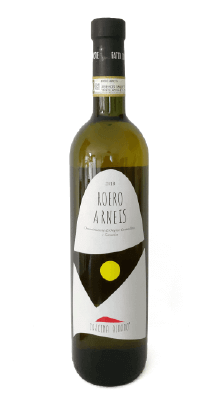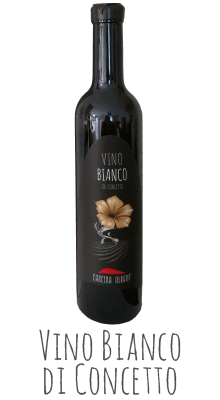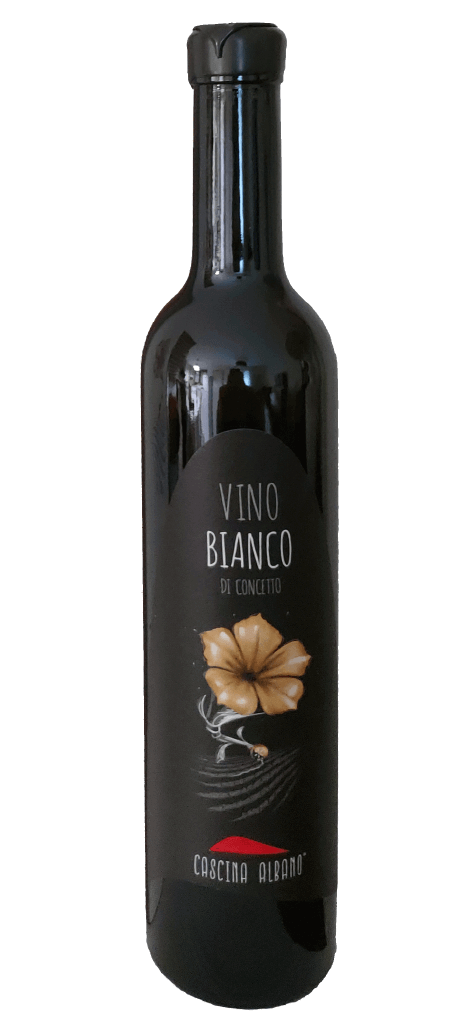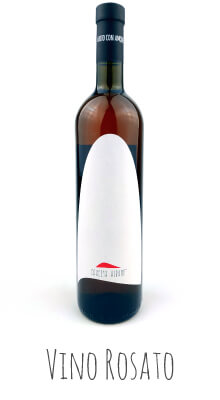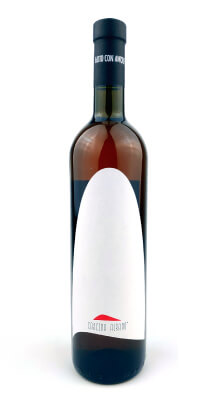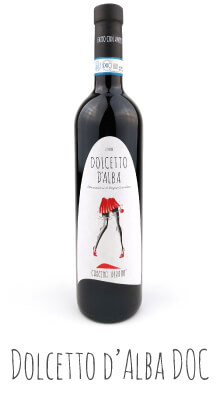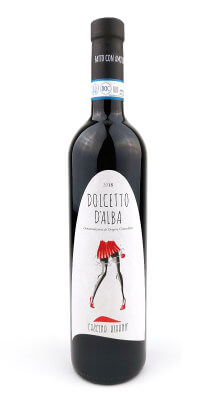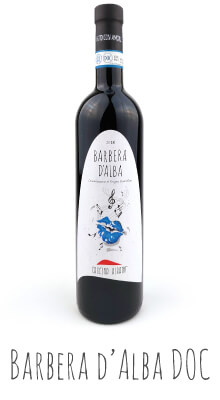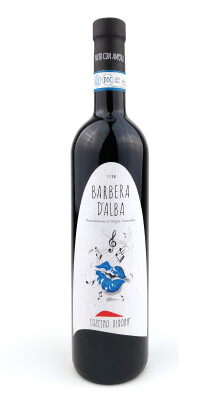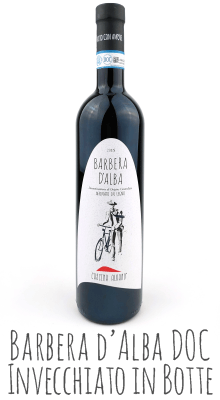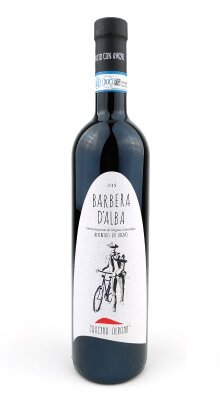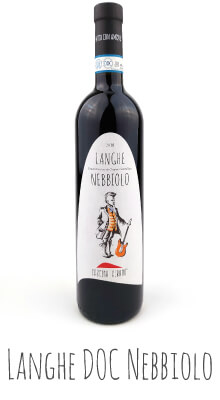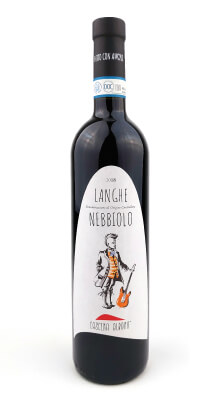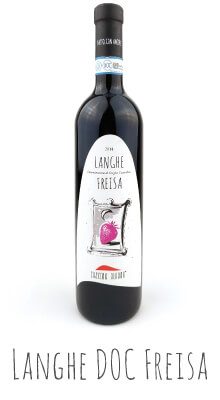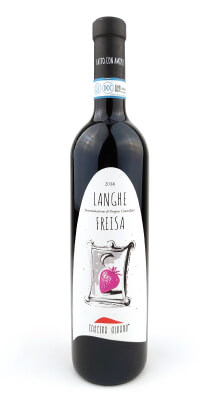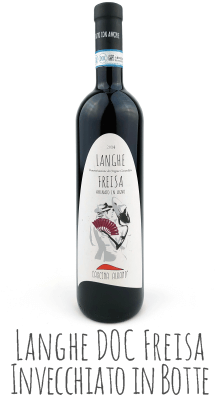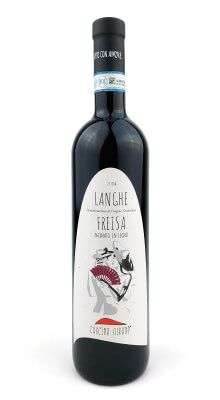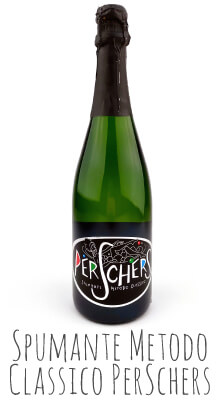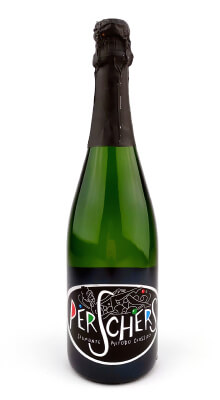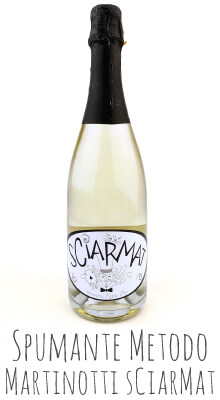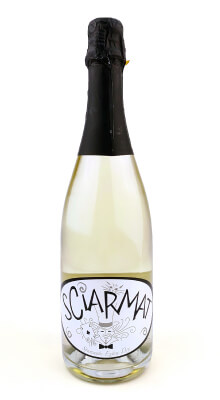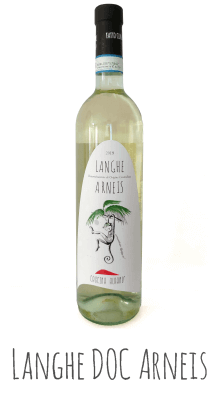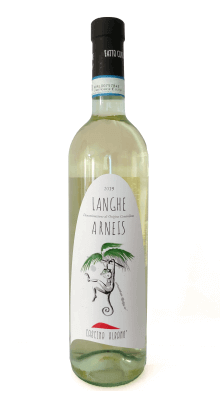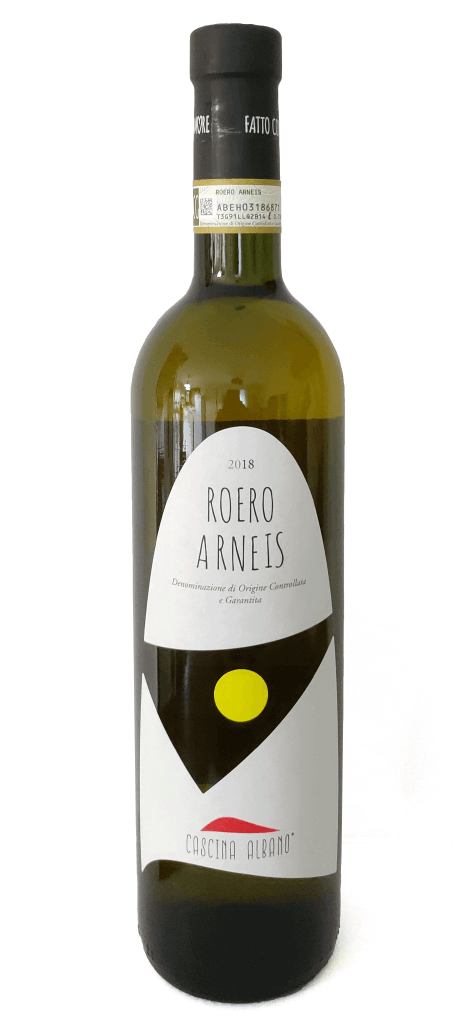Wines
ROERO ARNEIS DOCG
History and facts
Arneis is a local Piedmontese white vine cultivated in the Cuneo province. The name “Arneis” was used for the first time in 1877 by Earl Giuseppe di Rovasenda. The origin of this term seems to come from the idea of putting the characteristics of this vine together with the dialectal word used to describe a mischievous and reckless person.
The Label

At the center of the label there is a triangular cut, shape that represents the light and the floral characteristic of the wine. It is a definite shape exactly like the minerality of the soil where the grapes are coming from.
Production zone
The grapes come from a Guyot-trained vineyard located in Roero territory. The soils are alluvial and rich of calcareous sands, main component of the hills on the left side of the Tanaro river. They convey minerality, typical feature of the wines from Roero.
Vinification
The selected and picked grapes are directly put to a soft pressing. The free-running must is separated from the skins and, after a static settling, it is vinified in temperature and pressure controlled stainless-steel vats. The thin dregs are refined for a few months in order to prevent the oxidation and enhance the aromatic qualities. After the cold stabilization, the wine is bottled in Spring time with waning moon.
Tasting notes
The color is deep gold. The nose is complex with some notes of vanilla and white tea, balanced by pleasant hints of citrus. On the palate it is powerful, dry with pleasant hints of peaches in syrup and spices. The smooth acidity in enriched by the mineral aftertaste.
Serving suggestions
Serve between 10-12°C in medium size glasses. It pairs well with fish and seafood, white meat and fresh or medium





